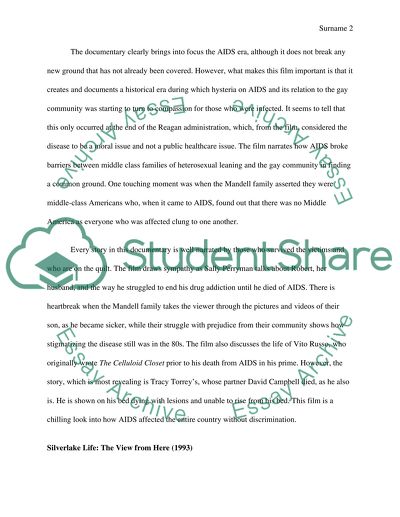Cite this document
(“Film Reviews Research Paper Example | Topics and Well Written Essays - 2250 words”, n.d.)
Retrieved from https://studentshare.org/gender-sexual-studies/1493810--
Retrieved from https://studentshare.org/gender-sexual-studies/1493810--
(Film Reviews Research Paper Example | Topics and Well Written Essays - 2250 Words)
https://studentshare.org/gender-sexual-studies/1493810--.
https://studentshare.org/gender-sexual-studies/1493810--.
“Film Reviews Research Paper Example | Topics and Well Written Essays - 2250 Words”, n.d. https://studentshare.org/gender-sexual-studies/1493810--.


